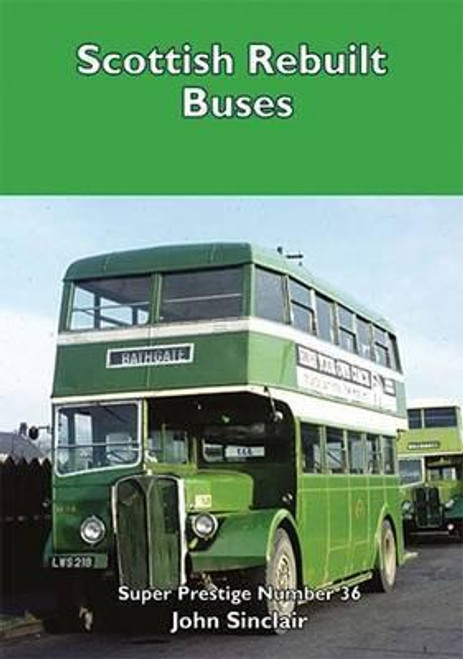The end of WWII signalled a difficult period for bus operators. Many had struggled trying to maintain vehicles that were time expired. Parts were in short supply, maintenance had suffered and customary fleet replacement had all but ceased. Some utility bodies were already deteriorating, and older vehicles in some cases could have their lives extended by fitting new bodies to durable chassis or transferring bodies from other vehicles. Original bodies were rebuilt or modified by converting for OMO, or modernising to coach standard. There was an urgent requirement for new buses. Coaches were also welcome, as many operators were anxious to restart private hire work and touring. Sometimes there was a mismatch between the production of a chassis and the availability of its body, and a suitable pre-war body was reconditioned and fitted as a temporary measure. The next 20 years saw imaginative conversions carried out as Scottish operators rebuilt and re-bodied buses in order to modernise their fleets.


